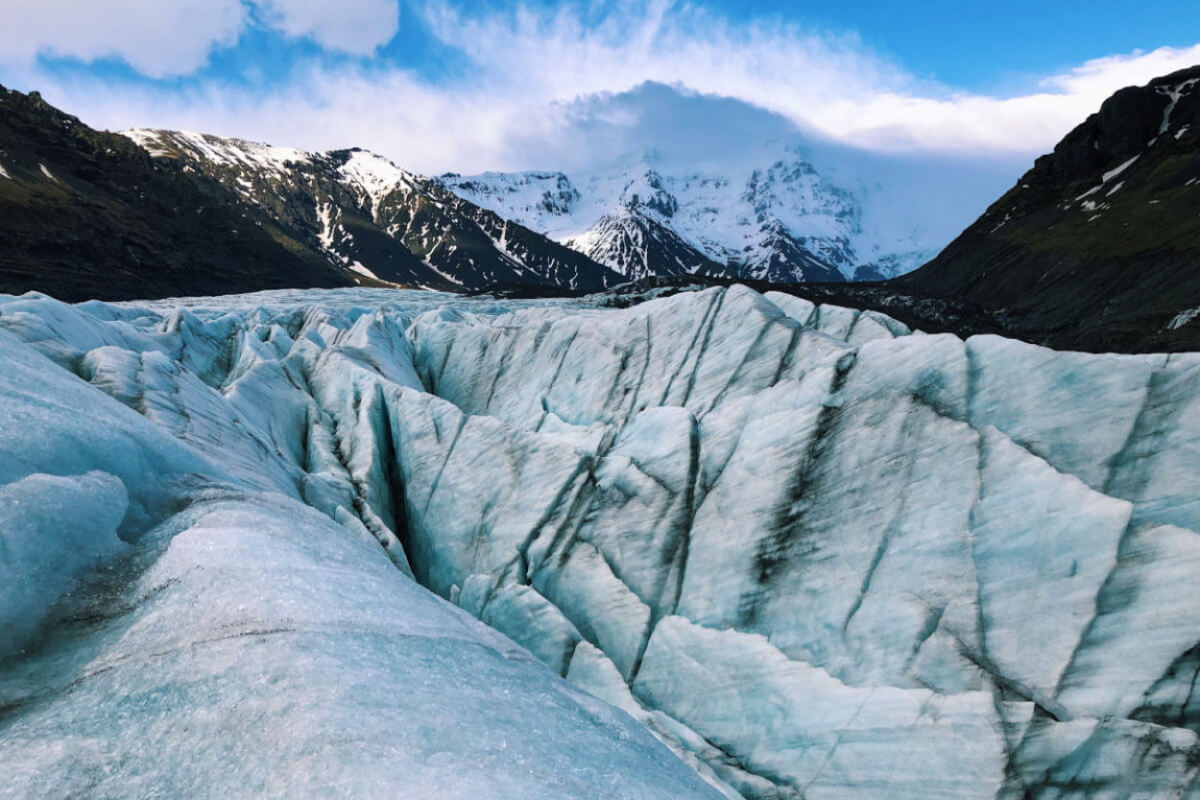



Tbilisi (თბილისი) is the capital and largest city of Georgia. Nestled in a valley carved by the Mtkvari (Kura) River, it’s surrounded on most sides by hills and mountains. Tbilisi is the country’s undisputed political, cultural, economic, and educational heart.
The city offers a captivating blend of ancient history and modern vibrancy. Its architecture reflects its long and varied past, featuring a charming Old Town (Kala) with narrow, winding cobblestone streets, medieval churches like Sioni Cathedral and Metekhi Church, the ancient Narikala Fortress overlooking the city, famous sulfur baths (Abanotubani), and elegant 19th-century buildings. These historic elements contrast and coexist with modern structures like the Bridge of Peace. Tbilisi is known for its unique atmosphere, stemming from its position at the crossroads of Europe and Asia, and the renowned hospitality of its people.
Location
Tbilisi is located in Eastern Georgia, in the South Caucasus region, strategically situated between Europe and Asia. It lies along the banks of the Mtkvari River.
History
Tbilisi boasts a long and often tumultuous history:
Population
Tbilisi is Georgia’s most populous city. Recent estimates vary slightly:
Based on recent data, the population of Tbilisi is generally cited as being around 1.1 to 1.2 million inhabitants. It hosts a diverse population, though ethnic Georgians form the majority, with significant Armenian and Azeri communities, among others.